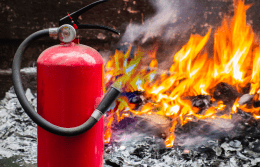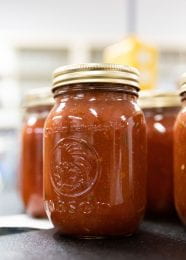Pouches of applesauce can be an easy treat for children. But a recent recall of certain brands of applesauce, because of lead contamination, has lead to 69 compliants/reports in children under 6 years of age.
Lead is toxic to humans and can affect people of any age or health status. Protecting children from exposure to lead is particularly important because they are more susceptible to lead toxicity. Most children have no obvious immediate symptoms. Parents and caretakers should consult a healthcare provider if you suspect a child may have been exposed to lead. Short term exposure to lead could result in the following symptoms: headache; abdominal pain/colic; vomiting; anemia. Longer term exposure could result in the following additional symptoms: irritability; lethargy; fatigue; muscle aches or muscle prickling/burning; constipation; difficulty concentrating/muscular weakness; tremor; weight loss.
These products have been available, and may still be available nationally through multiple retailers, including Amazon, Dollar Tree, Family Dollar/Dollar Tree combination stores, and other online retailers.
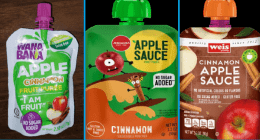
Photo: FDA
The Food and Drug Adminstration recommends the following:
- Consumers should not eat, sell, or serve recalled WanaBana, Schnucks, or Weis-brand apple cinnamon pouches and should discard them.
- These products have a long shelf life. Consumers should check their homes and discard these products.
- To properly discard the product, consumers and retailers should carefully open the pouch and empty the content into a trash can before discarding the packaging to prevent others from salvaging recalled product from the trash. Clean up any spills after discarding the product then wash your hands.
- Most children have no obvious immediate symptoms of lead exposure. If there’s suspicion that a child may have been exposed to lead, parents should talk to their child’s healthcare provider about getting a blood test.
- Contact your healthcare provider if you think you may have symptoms of lead toxicity after eating recalled fruit pouches.
- If you or your child have symptoms or exposure to this product, you can also file a complaint or adverse event report (illness or serious allergic reaction).
Learn more at https://www.fda.gov/food/outbreaks-foodborne-illness/investigation-elevated-lead-levels-cinnamon-applesauce-pouches-november-2023 and to view pictures of the recalled products.
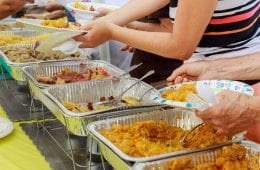

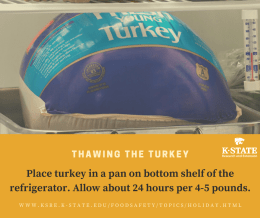 Whether it is a simple meal for two, or a large gathering with a buffet, food safety is a priority at any meal, and especially at the holidays. Nobody wants the gift of foodborne illness!
Whether it is a simple meal for two, or a large gathering with a buffet, food safety is a priority at any meal, and especially at the holidays. Nobody wants the gift of foodborne illness!